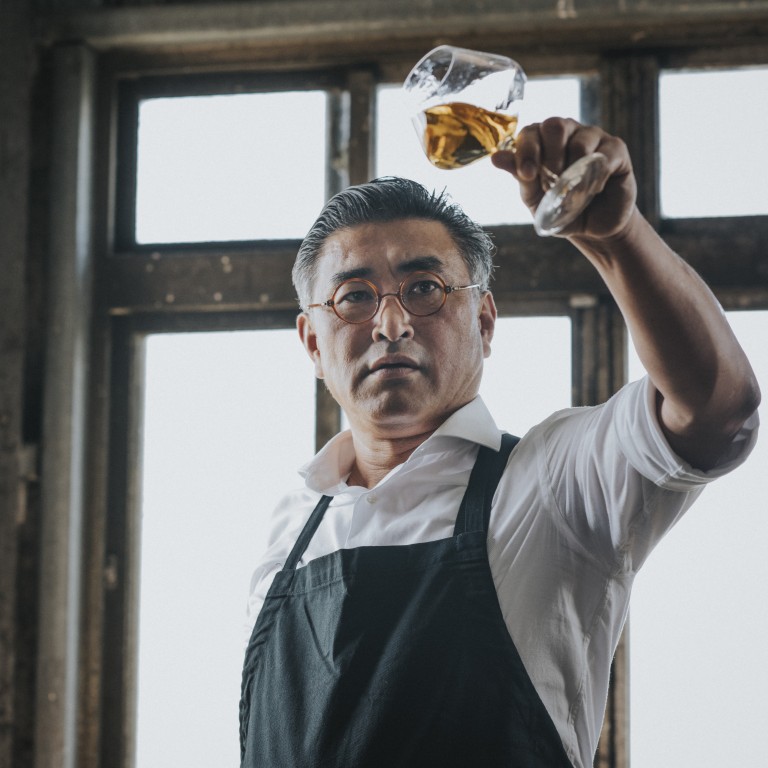Why Hong Kong connoisseurs – and Michelin-star chefs – are taking note of Taiwan’s wines

Taiwan’s wineries are coming into their own, from Domaine Shu Sheng’s gold medal-winning Vino Formosa Rosso and Moscato Oro Vino Fortificato NV, to Weightstone’s Blanc de Blancs and Gris de Noirs
“Is this really made in Taiwan?” Ryohei Hieda marvelled after his first chance encounter with a native sparkling wine years ago. “From the smell of dried goods and Chinese herbal medicines to the aroma of shredded mango ice you dig in, all the flavours you ever experience in Taiwan are encapsulated in this bottle.”
The chef of two Michelin-star-rated Shoun RyuGin restaurant in Taipei was referring to Blanc de Blancs, made by Weightstone Vineyard Estate & Winery, one of Taiwan’s handful of emerging wineries now aiming to place the island on the international map with their premium products.
Winemaking in Taiwan is nothing new. During Japanese colonial rule in the first half of the 20th century, the island imported hundreds of grape varieties. But only the heat-resistant ones survived, including Black Queen, now Taiwan’s dominant wine grape, created by Kawakami Zenbei, the godfather of Japanese viticulture, who combined Bailey and Golden Queen to achieve elegance and durability.

Despite its indifferent quality, Taiwan’s wine industry was sustained for decades largely by government subsidies for farmers who supplied grapes to the wine and tobacco monopoly. In its heyday, Taiwan planted more than 5,000 hectares of wine grapes.
Yet for various reasons the domestic wine market has always lacked dynamism. When subsidies were suspended in 1996, farmers ditched grapes for more lucrative produce such as dragon fruit and grape production plummeted sharply, with cultivated areas being reduced to just a few dozen hectares.
The limited selection of grape varieties is also an issue. Contrary to the typical dry and cool temperate zone natural for premium wine grape growth, Taiwan’s humidity, high temperatures and heavy rainfall sustain barely half a dozen hybrid types such as Golden Muscat and Musann Blanc. Premium vitis vinifera, the common grapevine varieties, such as Cabernet Sauvignon, Pinot noir or Chardonnay, hardly blossom and bear fruit without the aid of costly cooling systems to tackle the heat.
Black Queen and Golden Muscat are not short of defects either. The former has high acidity levels with a hint of grass, and the latter, while less acidic, is foxy and redolent of animal-like aromas. The sugar content of both is 16-19 °Bx on average, as opposed to 22-25 °Bx for typical premium vitis vinifera varieties.
What’s worse, harvesting is dictated by the July-August typhoon season, which sometimes forces growers to pick unripe fruit containing only about half the phenolic compounds found in grapes grown in Bordeaux.
“Among vineyards in dozens of countries I have explored, few places present as many hurdles in winemaking as Taiwan,” says Yusen Lin, author of numerous books on wine, who specialises in Burgundy and Spanish wines but has explored more than 1,000 vineyards in both hemispheres.